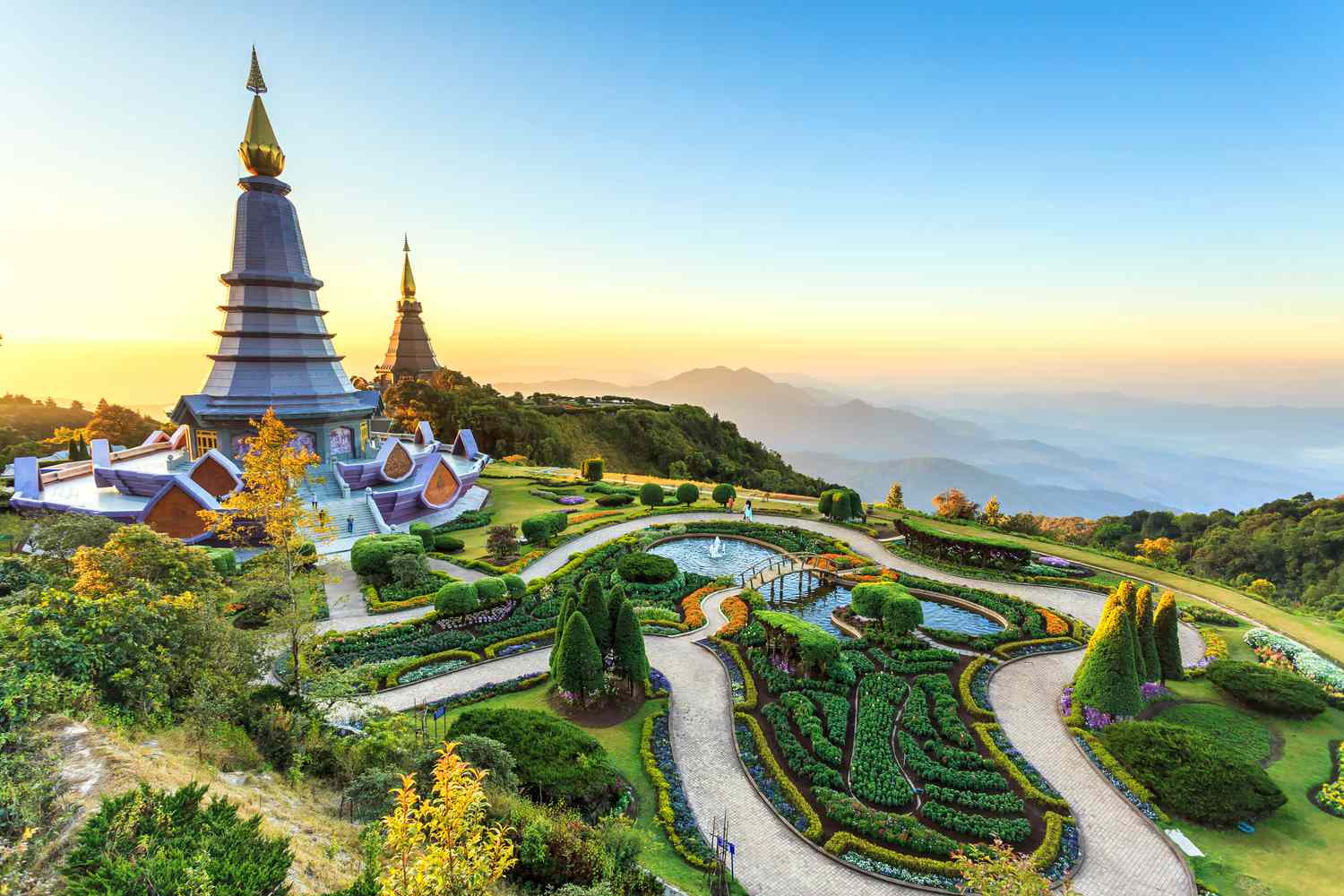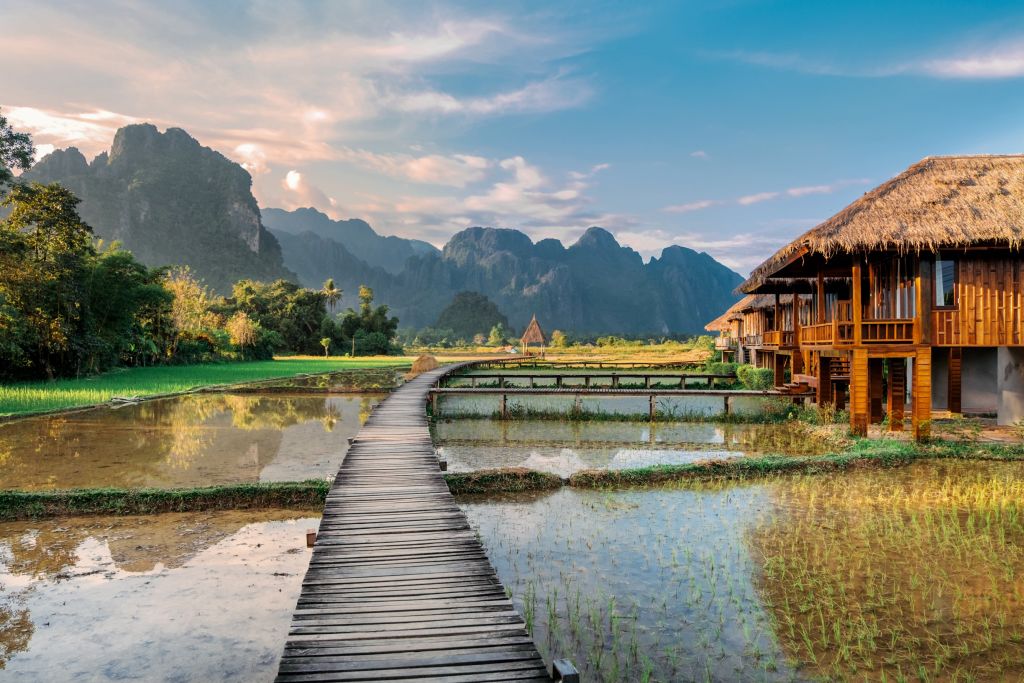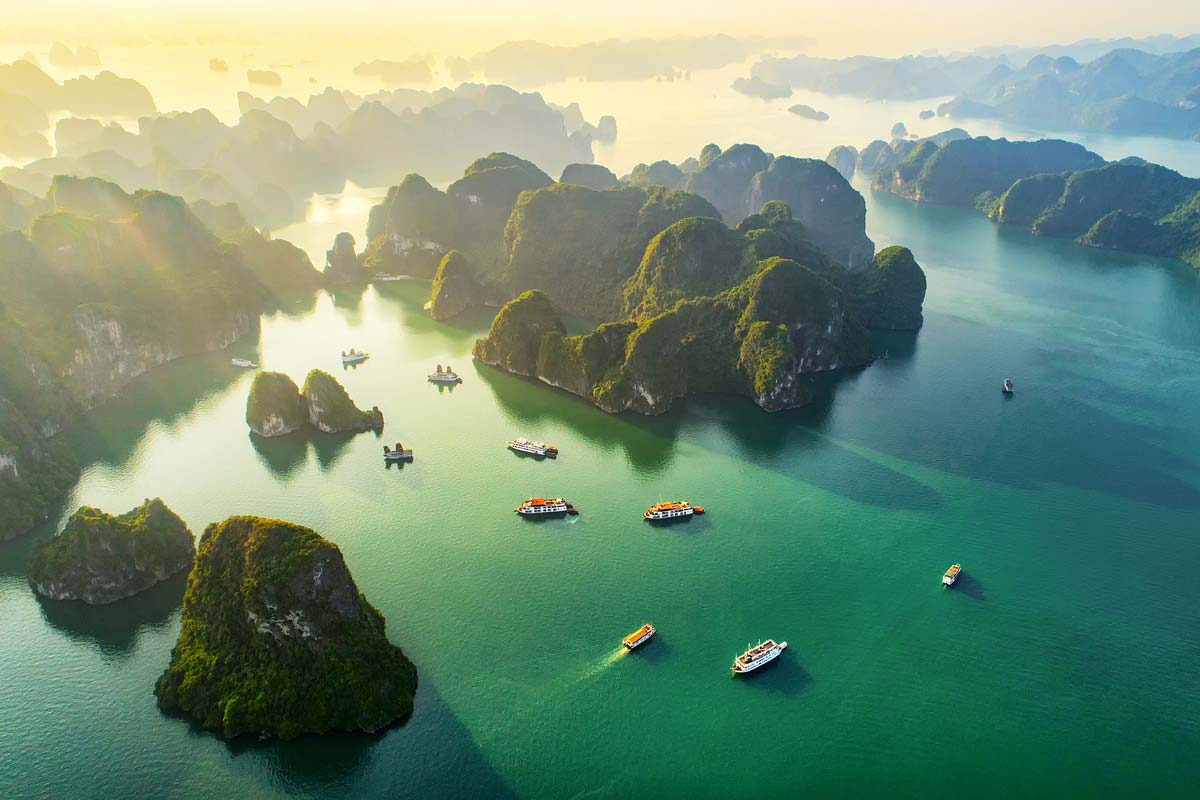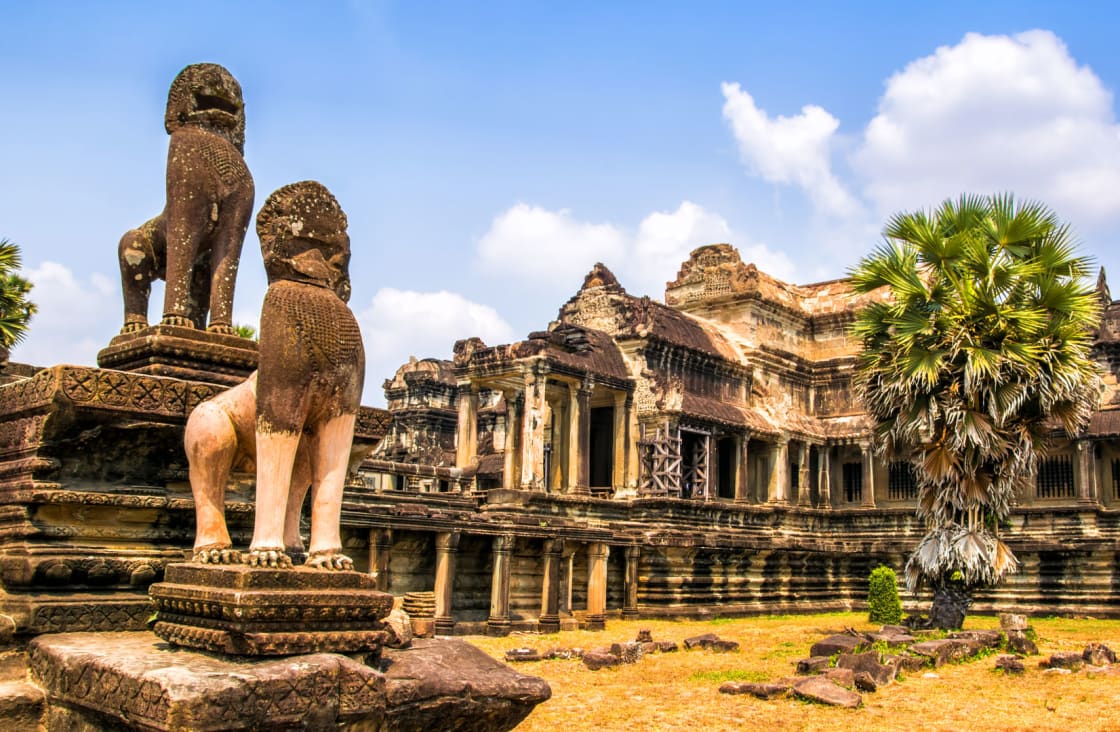A Comprehensive Guide to Vietnam's Weather and Travel Preparation
22-08-2024
Vietnam, with its diverse geography and climate, offers a unique travel experience throughout the year. From the mountainous regions in the north to the tropical beaches in the south, understanding the weather patterns and knowing what to prepare can significantly enhance your journey. This guide will provide detailed insights into Vietnam's weather across its various regions and tips on how to prepare for your trip.
Vietnam's climate varies significantly from north to south, largely influenced by the country's long, narrow shape and geographical diversity.
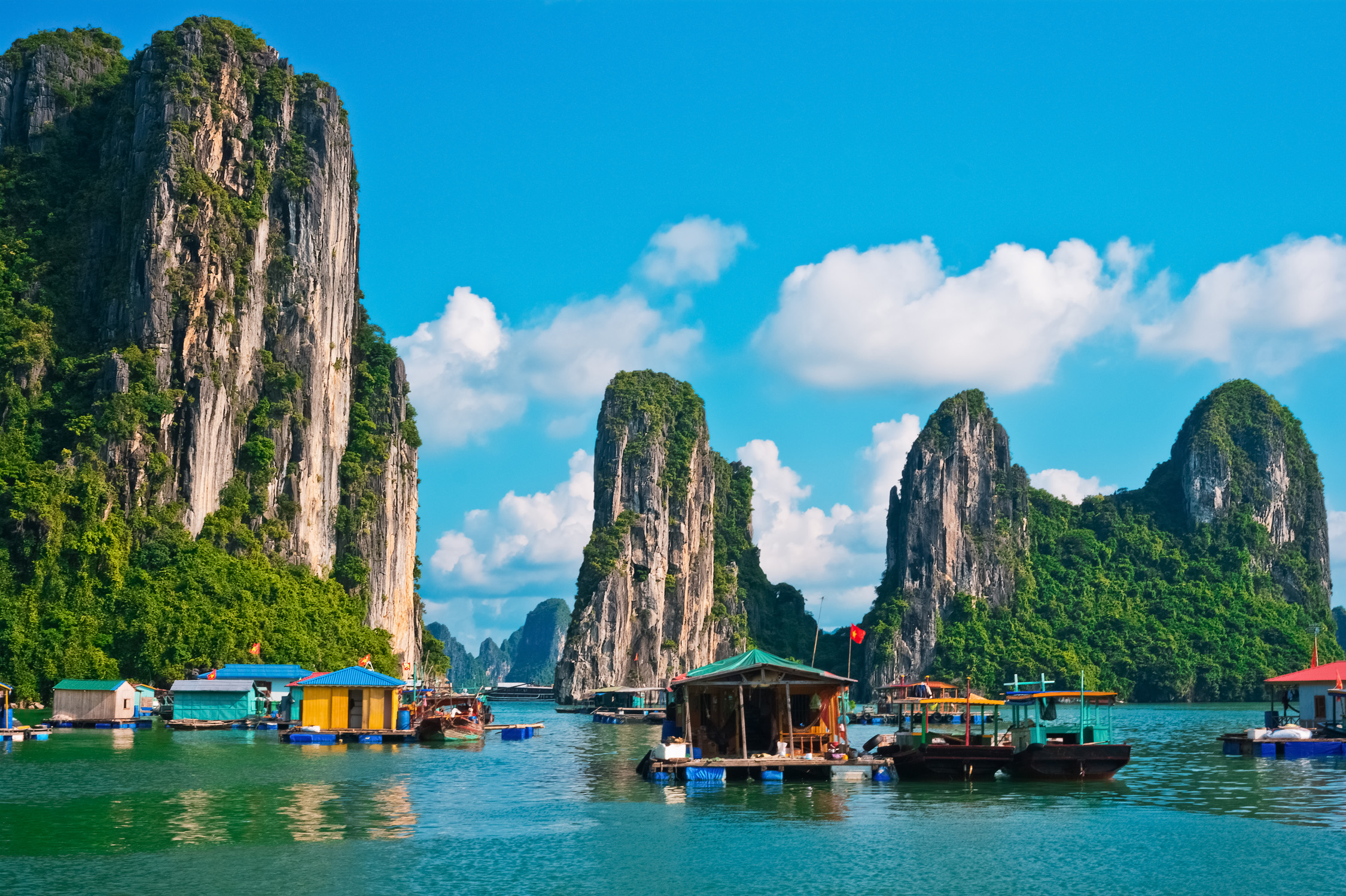
Northern Vietnam experiences four distinct seasons:
- Spring (February to April): Characterized by mild temperatures and light rain, spring is a pleasant time to visit. Average temperatures range from 15°C to 20°C (59°F to 68°F). The landscape is lush and green, making it an ideal time for sightseeing and outdoor activities.
- Summer (May to August): Summers are hot and humid with frequent heavy rain and occasional typhoons. Temperatures often exceed 30°C (86°F). This period sees an influx of domestic tourists due to school holidays, so popular destinations can be crowded.
- Autumn (September to November): This season is considered the best time to visit northern Vietnam, with cooler temperatures (around 20°C to 25°C or 68°F to 77°F) and less rainfall. The weather is generally clear, and the landscapes are picturesque, making it perfect for exploring cities like Hanoi and natural wonders like Ha Long Bay.
- Winter (December to January): Winters can be quite cold, especially in mountainous areas like Sapa, with temperatures dropping to 10°C (50°F) or lower. Hanoi, while milder, can still be chilly. The cooler weather is ideal for trekking and exploring without the discomfort of heat and humidity.
Central Vietnam has a tropical monsoon climate with two main seasons:
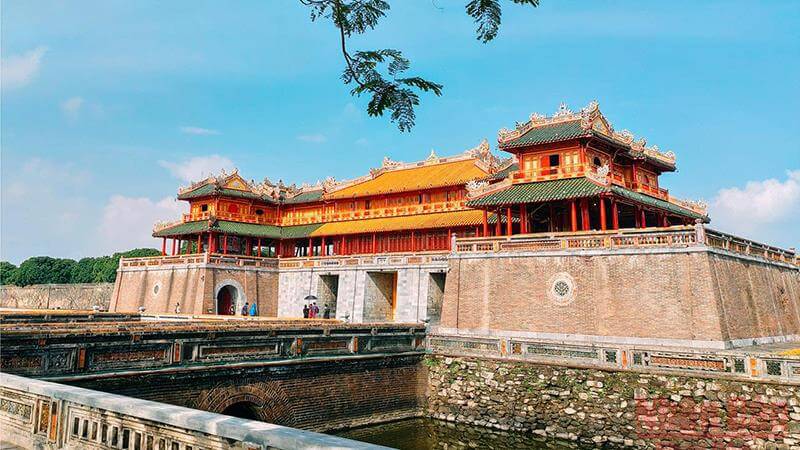
- Dry Season (January to August): This period is characterized by warm temperatures and minimal rainfall. Temperatures can soar up to 35°C (95°F) during the peak summer months. Coastal cities like Da Nang and Hoi An are particularly attractive during this time, offering beautiful beaches and vibrant local festivals.
- Rainy Season (September to December): Expect heavy rains and occasional typhoons. The central region is prone to flooding during this time. Despite the rain, this period can still be a good time to visit if you are interested in cultural festivals and historical sites like the Imperial City of Hue.
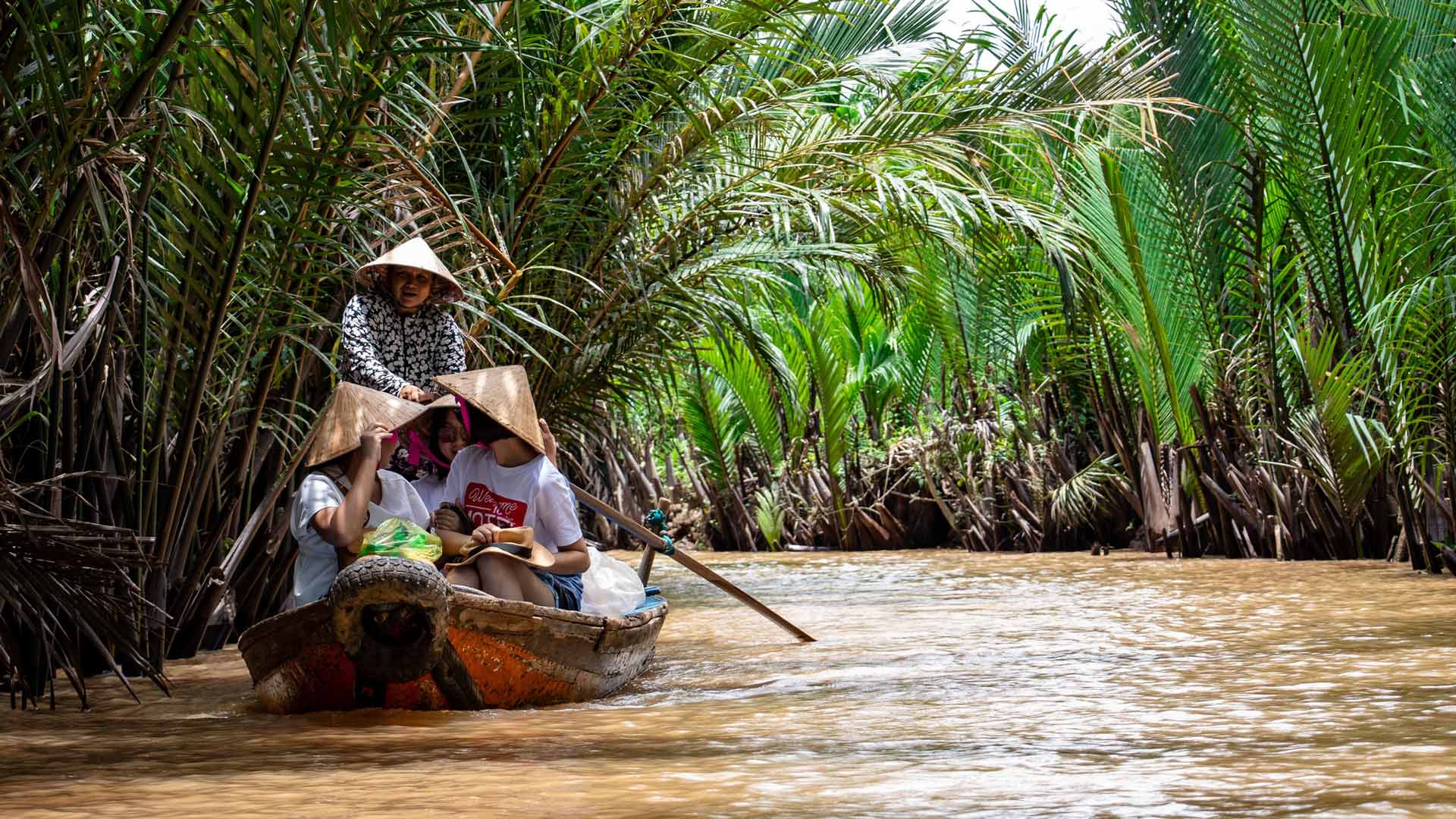
Southern Vietnam has a consistent tropical climate with two distinct seasons:
- Dry Season (November to April): This is the best time to visit, with warm temperatures (25°C to 35°C or 77°F to 95°F) and low humidity. The weather is ideal for exploring the bustling streets of Ho Chi Minh City and the serene landscapes of the Mekong Delta.
- Rainy Season (May to October): The rainy season brings heavy but short-lived downpours, usually in the afternoon. Temperatures remain high, averaging around 30°C (86°F). This period is great for experiencing the lush greenery of the region and enjoying off-peak travel rates.
- Lightweight and Breathable Fabrics: Due to the tropical climate, breathable fabrics like cotton and linen are ideal. These will keep you cool and comfortable during hot and humid days.
- Layering: In northern Vietnam, especially during winter, layering is key. Bring a mix of long-sleeve shirts, sweaters, and a warm jacket for the cold months. In the south, light layers are useful for transitioning between the hot outdoors and cooler indoor environments.
- Rain Gear: A lightweight, waterproof jacket or poncho is essential, particularly if you are traveling during the rainy season. Quick-drying clothes are also beneficial.
- Swimwear: If you plan to visit the beaches or enjoy water activities, don’t forget your swimwear.
- Comfortable Footwear: Pack comfortable walking shoes for exploring cities and hiking boots if you plan to trek in mountainous areas. Sandals or flip-flops are convenient for the beach and casual outings.
- Sun Protection: Sunglasses, a wide-brimmed hat, and sunscreen with high SPF are crucial to protect against the strong tropical sun. Consider a UV-blocking umbrella for additional protection.
- Insect Repellent: To protect against mosquitoes, especially in rural areas or during the rainy season. Long-sleeve shirts and pants can also help reduce exposure.
- Travel Umbrella: Handy for unexpected rain showers. A compact, foldable umbrella is easy to carry in your day pack.
- Travel Documents: Passport, visa (if required), travel insurance, and copies of important documents. Keep digital copies stored securely online as a backup.
- Medication and First Aid: Basic first aid kit, any prescription medications, and over-the-counter remedies for common ailments like headaches or upset stomachs. Consider bringing oral rehydration salts for hydration in hot weather.
- Reusable Water Bottle: Staying hydrated is important, especially in hot climates. A reusable water bottle can help you avoid single-use plastics. Look for water refill stations or use a portable water filter.
If you’re visiting Sapa or other mountainous areas, prepare for cooler temperatures, especially at night. A good pair of hiking boots and warm layers are essential. In Hanoi, the weather can be unpredictable, so packing a versatile wardrobe that can handle both warm days and chilly evenings is advisable. A sturdy pair of shoes will be useful for exploring the old quarter and other historic sites.
When visiting central Vietnam, especially during the rainy season, waterproof gear and quick-drying clothes are crucial. Hue and Hoi An can experience heavy rains and flooding, so be prepared for wet conditions. During the dry season, light and breathable clothing will help you stay comfortable in the heat. If you plan to explore ancient ruins like My Son, wear sturdy shoes and sun protection.
In the south, the weather is consistently warm, so lightweight clothing is a must. During the rainy season, quick-drying clothes and waterproof shoes will be very helpful. When visiting the Mekong Delta, consider wearing long sleeves and pants to protect against mosquitoes. For island getaways like Phu Quoc, pack beachwear and snorkeling gear if desired.
Traveling to Vietnam is a rewarding experience filled with stunning landscapes, rich culture, and warm hospitality. By understanding the climate and preparing appropriately, you can ensure a comfortable and enjoyable trip. Whether you're exploring the bustling streets of Hanoi, the ancient towns of central Vietnam, or the vibrant life of Ho Chi Minh City, being well-prepared will help you make the most of your Vietnamese adventure. Embrace the local culture, stay flexible, and enjoy the diverse experiences this beautiful country has to offer.
Safe travels!
Vietnam's climate varies significantly from north to south, largely influenced by the country's long, narrow shape and geographical diversity.
Northern Vietnam (Hanoi, Ha Long Bay, Sapa)

Northern Vietnam experiences four distinct seasons:
- Spring (February to April): Characterized by mild temperatures and light rain, spring is a pleasant time to visit. Average temperatures range from 15°C to 20°C (59°F to 68°F). The landscape is lush and green, making it an ideal time for sightseeing and outdoor activities.
- Summer (May to August): Summers are hot and humid with frequent heavy rain and occasional typhoons. Temperatures often exceed 30°C (86°F). This period sees an influx of domestic tourists due to school holidays, so popular destinations can be crowded.
- Autumn (September to November): This season is considered the best time to visit northern Vietnam, with cooler temperatures (around 20°C to 25°C or 68°F to 77°F) and less rainfall. The weather is generally clear, and the landscapes are picturesque, making it perfect for exploring cities like Hanoi and natural wonders like Ha Long Bay.
- Winter (December to January): Winters can be quite cold, especially in mountainous areas like Sapa, with temperatures dropping to 10°C (50°F) or lower. Hanoi, while milder, can still be chilly. The cooler weather is ideal for trekking and exploring without the discomfort of heat and humidity.
Central Vietnam (Hue, Da Nang, Hoi An)
Central Vietnam has a tropical monsoon climate with two main seasons:

- Dry Season (January to August): This period is characterized by warm temperatures and minimal rainfall. Temperatures can soar up to 35°C (95°F) during the peak summer months. Coastal cities like Da Nang and Hoi An are particularly attractive during this time, offering beautiful beaches and vibrant local festivals.
- Rainy Season (September to December): Expect heavy rains and occasional typhoons. The central region is prone to flooding during this time. Despite the rain, this period can still be a good time to visit if you are interested in cultural festivals and historical sites like the Imperial City of Hue.
Southern Vietnam (Ho Chi Minh City, Mekong Delta, Phu Quoc)

Southern Vietnam has a consistent tropical climate with two distinct seasons:
- Dry Season (November to April): This is the best time to visit, with warm temperatures (25°C to 35°C or 77°F to 95°F) and low humidity. The weather is ideal for exploring the bustling streets of Ho Chi Minh City and the serene landscapes of the Mekong Delta.
- Rainy Season (May to October): The rainy season brings heavy but short-lived downpours, usually in the afternoon. Temperatures remain high, averaging around 30°C (86°F). This period is great for experiencing the lush greenery of the region and enjoying off-peak travel rates.
What to Pack for Your Trip
Clothing
- Lightweight and Breathable Fabrics: Due to the tropical climate, breathable fabrics like cotton and linen are ideal. These will keep you cool and comfortable during hot and humid days.
- Layering: In northern Vietnam, especially during winter, layering is key. Bring a mix of long-sleeve shirts, sweaters, and a warm jacket for the cold months. In the south, light layers are useful for transitioning between the hot outdoors and cooler indoor environments.
- Rain Gear: A lightweight, waterproof jacket or poncho is essential, particularly if you are traveling during the rainy season. Quick-drying clothes are also beneficial.
- Swimwear: If you plan to visit the beaches or enjoy water activities, don’t forget your swimwear.
- Comfortable Footwear: Pack comfortable walking shoes for exploring cities and hiking boots if you plan to trek in mountainous areas. Sandals or flip-flops are convenient for the beach and casual outings.
Accessories
- Sun Protection: Sunglasses, a wide-brimmed hat, and sunscreen with high SPF are crucial to protect against the strong tropical sun. Consider a UV-blocking umbrella for additional protection.
- Insect Repellent: To protect against mosquitoes, especially in rural areas or during the rainy season. Long-sleeve shirts and pants can also help reduce exposure.
- Travel Umbrella: Handy for unexpected rain showers. A compact, foldable umbrella is easy to carry in your day pack.
Travel Essentials
- Travel Documents: Passport, visa (if required), travel insurance, and copies of important documents. Keep digital copies stored securely online as a backup.
- Medication and First Aid: Basic first aid kit, any prescription medications, and over-the-counter remedies for common ailments like headaches or upset stomachs. Consider bringing oral rehydration salts for hydration in hot weather.
- Reusable Water Bottle: Staying hydrated is important, especially in hot climates. A reusable water bottle can help you avoid single-use plastics. Look for water refill stations or use a portable water filter.
Special Considerations for Different Regions
Northern Vietnam
If you’re visiting Sapa or other mountainous areas, prepare for cooler temperatures, especially at night. A good pair of hiking boots and warm layers are essential. In Hanoi, the weather can be unpredictable, so packing a versatile wardrobe that can handle both warm days and chilly evenings is advisable. A sturdy pair of shoes will be useful for exploring the old quarter and other historic sites.
Central Vietnam
When visiting central Vietnam, especially during the rainy season, waterproof gear and quick-drying clothes are crucial. Hue and Hoi An can experience heavy rains and flooding, so be prepared for wet conditions. During the dry season, light and breathable clothing will help you stay comfortable in the heat. If you plan to explore ancient ruins like My Son, wear sturdy shoes and sun protection.
Southern Vietnam
In the south, the weather is consistently warm, so lightweight clothing is a must. During the rainy season, quick-drying clothes and waterproof shoes will be very helpful. When visiting the Mekong Delta, consider wearing long sleeves and pants to protect against mosquitoes. For island getaways like Phu Quoc, pack beachwear and snorkeling gear if desired.
Conclusion
Traveling to Vietnam is a rewarding experience filled with stunning landscapes, rich culture, and warm hospitality. By understanding the climate and preparing appropriately, you can ensure a comfortable and enjoyable trip. Whether you're exploring the bustling streets of Hanoi, the ancient towns of central Vietnam, or the vibrant life of Ho Chi Minh City, being well-prepared will help you make the most of your Vietnamese adventure. Embrace the local culture, stay flexible, and enjoy the diverse experiences this beautiful country has to offer.
Safe travels!
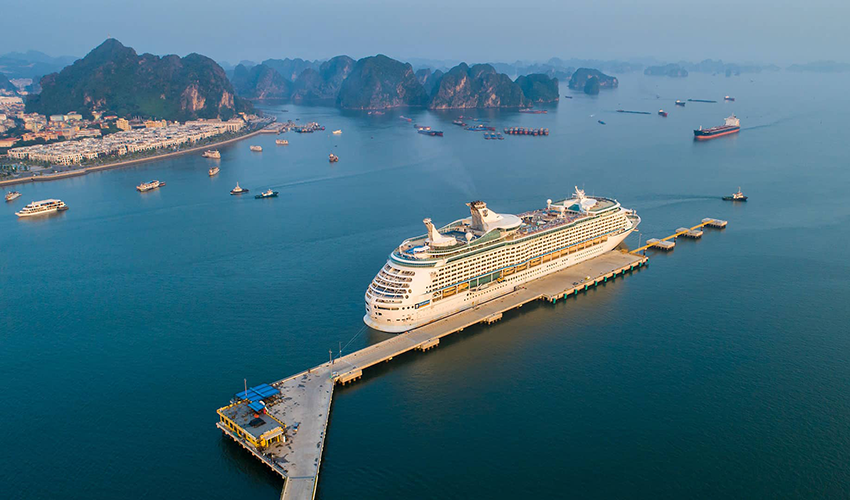
How to Choose the Best Shore Excursion Tour Package: A Practical Guide for Cruise Passengers
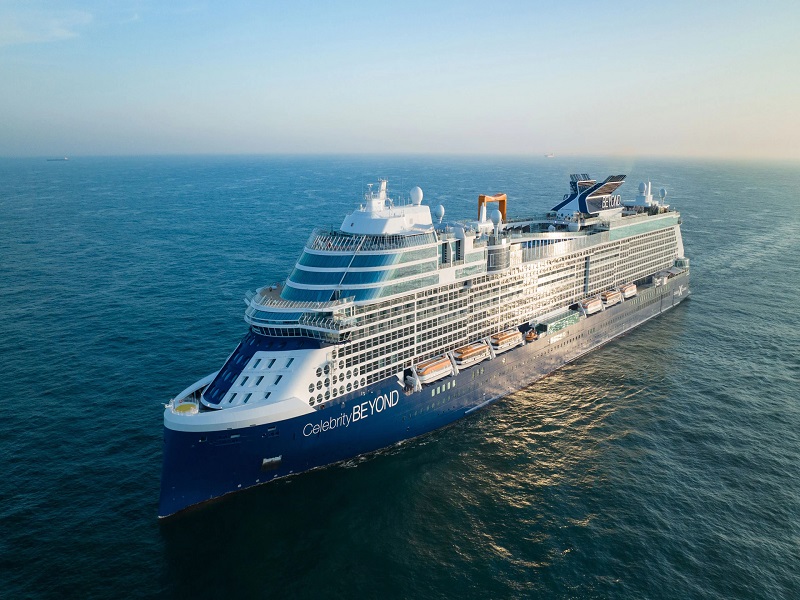
How Not to Be Late for Your Cruise: A Complete Guide for Shore Excursion Travelers in Vietnam & Thailand

Top 10 Most Beautiful Islands in Southeast Asia for Beach Lovers
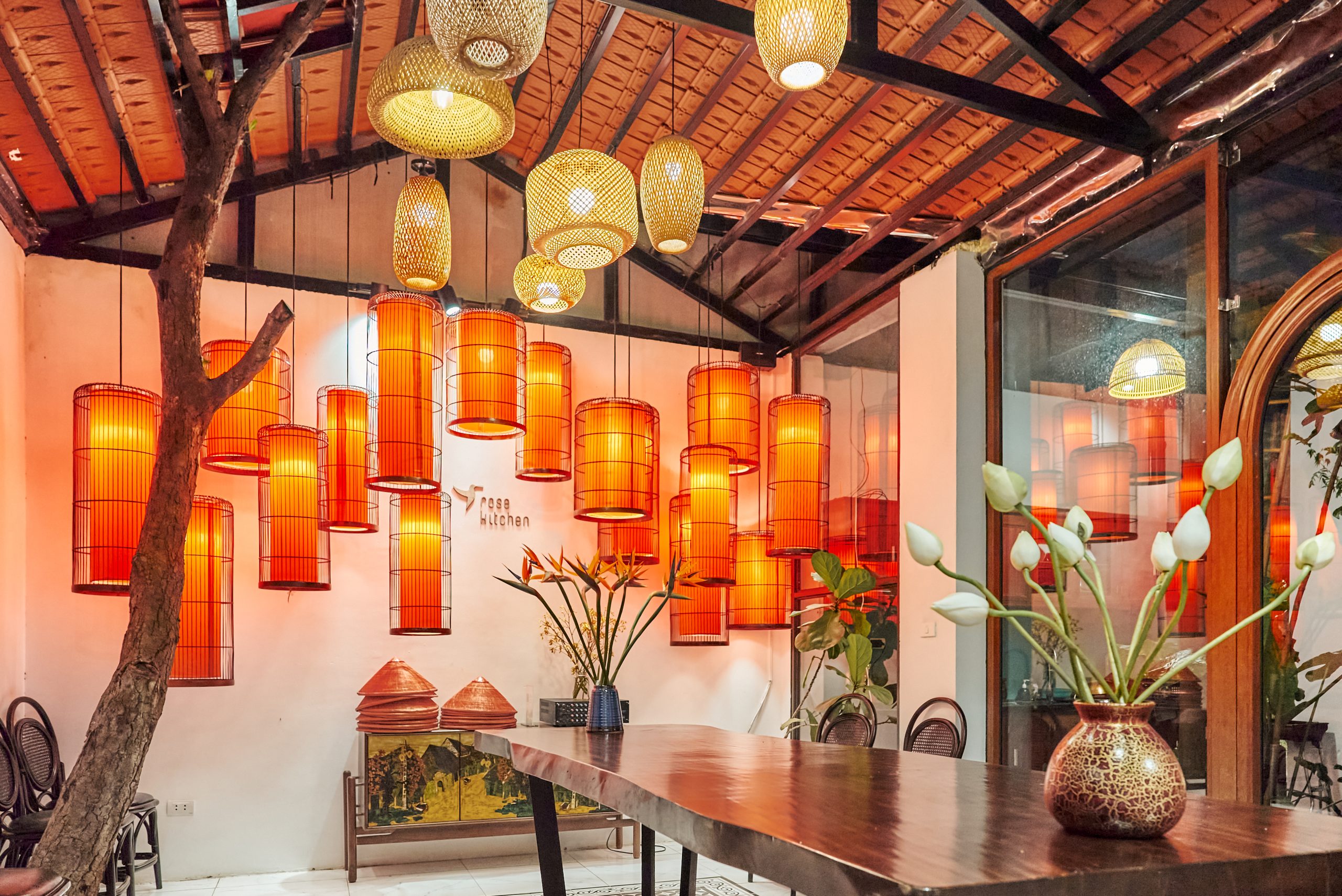
The Rise of Experiential Tourism: Travelers Now Prefer Direct Immersion Over Traditional Sightseeing

Vietnam’s Tourism Surge in 2024: Driving Growth and Innovation in the Post-Recovery Phase

A Culinary Journey Through Thailand: Exploring The Iconic Dishes Of Tom Yum, Pad Thai, And Green Curry
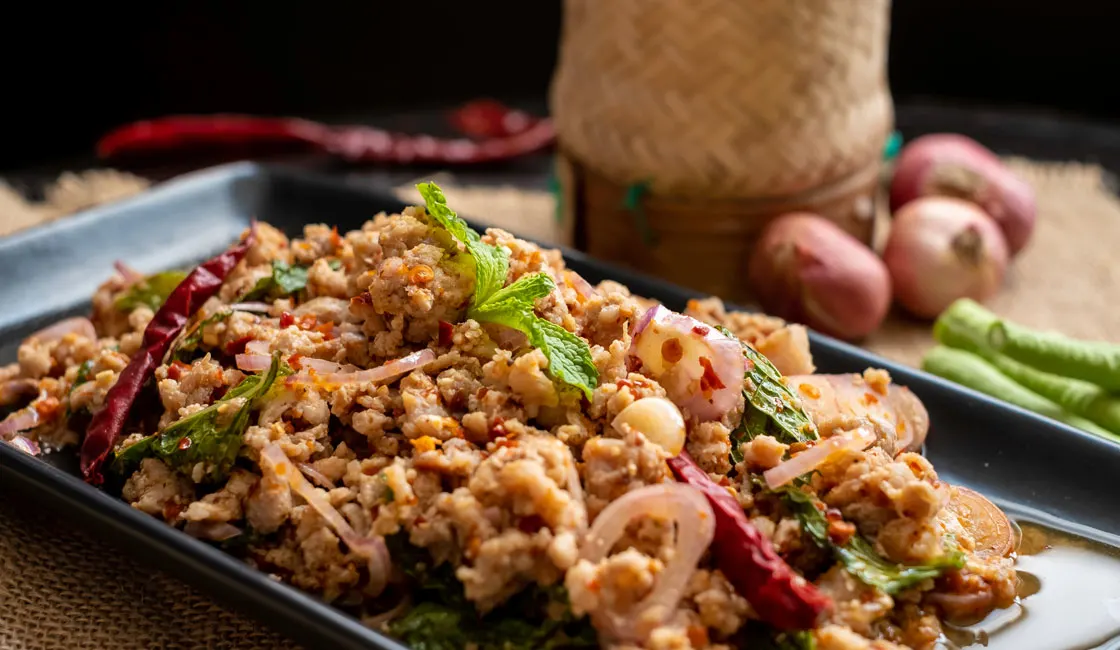
A Culinary Journey Through Laos: Traditional Dishes Larb, Khao Niaw, And Tam Mak Hoong
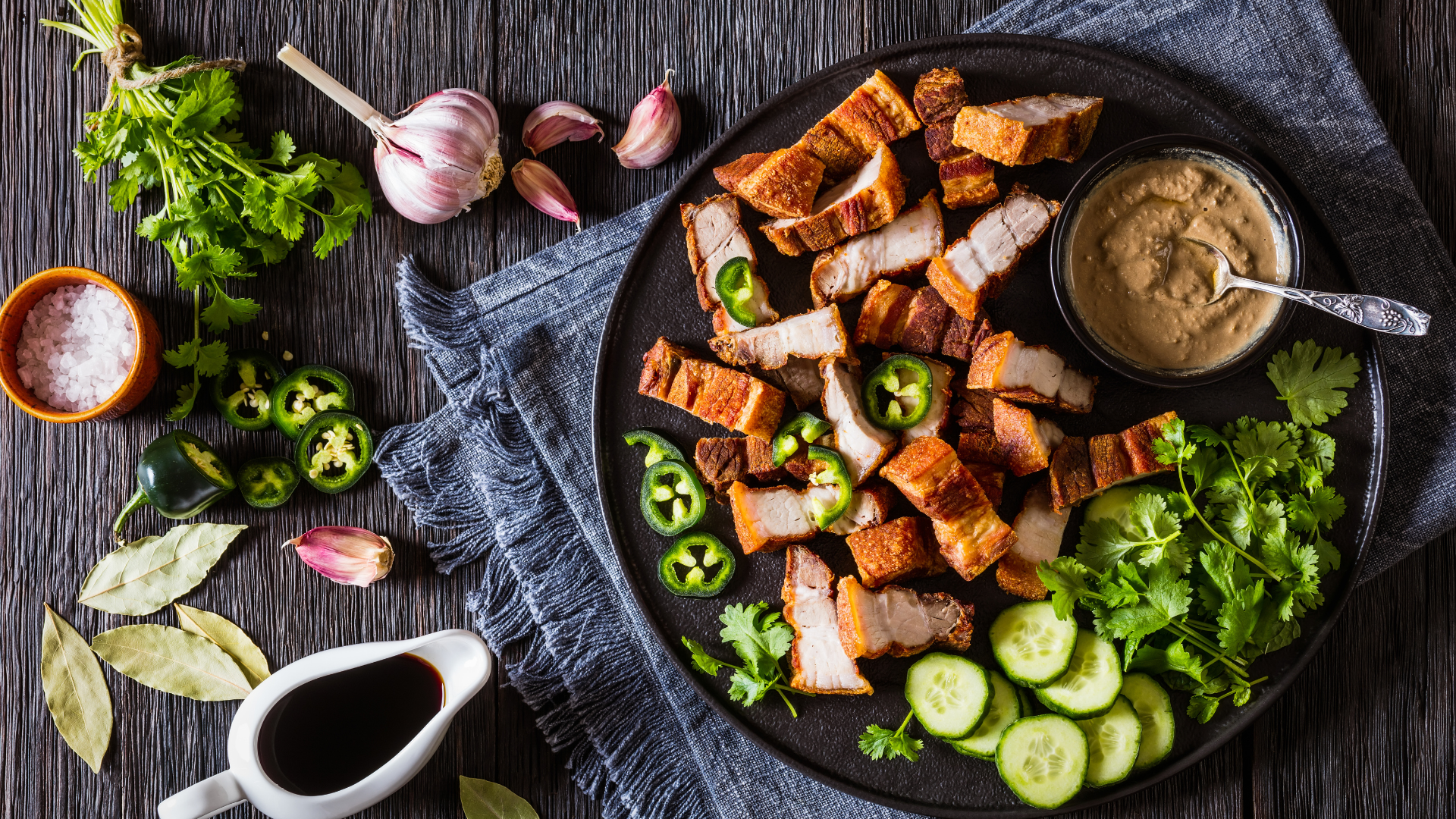
Discovering Cambodia’s Culinary Treasures: Amok, Bai Sach Chrouk, And Samlor Korko
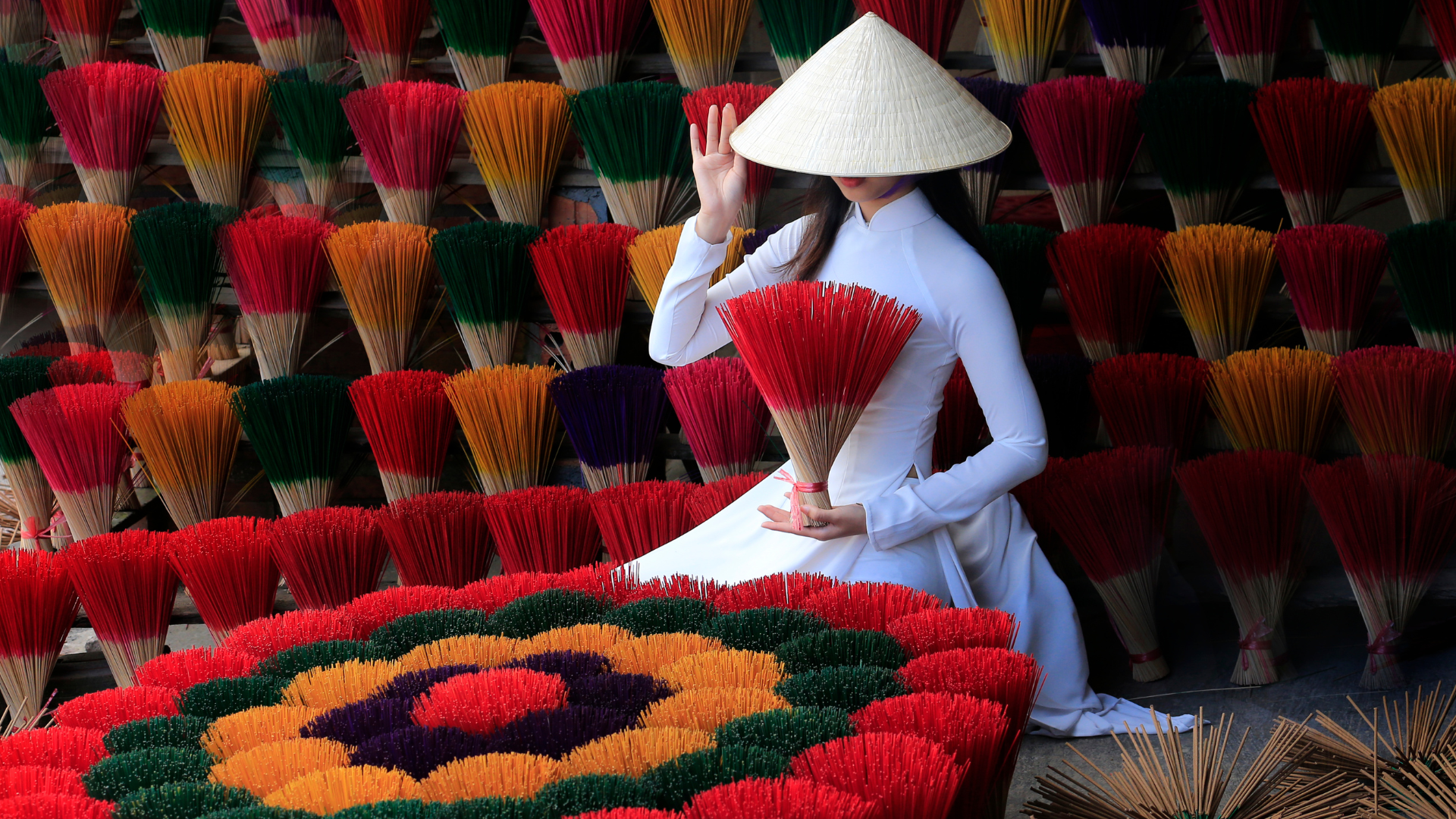
The Timeless Elegance of Áo Dài Việt Nam

Discovering Cambodia’s Culinary Treasures: Amok, Bai Sach Chrouk, And Samlor Korko
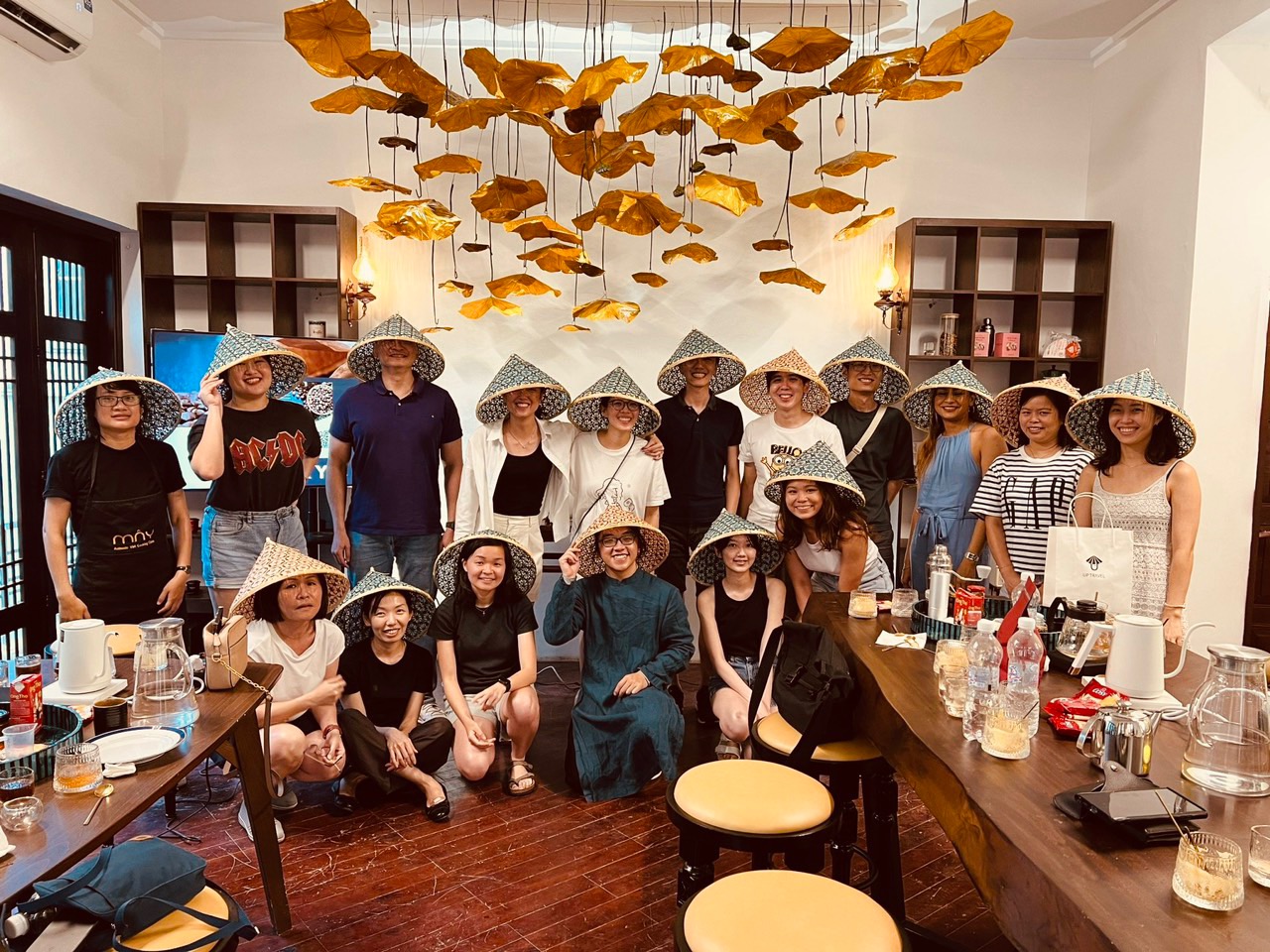
Su Quan Roastery Wins Traveler’s Choice Award 2024: A Journey of Excellence in Coffee Craftsmanship

Festivals in Laos: A Celebration of Culture and Traditions
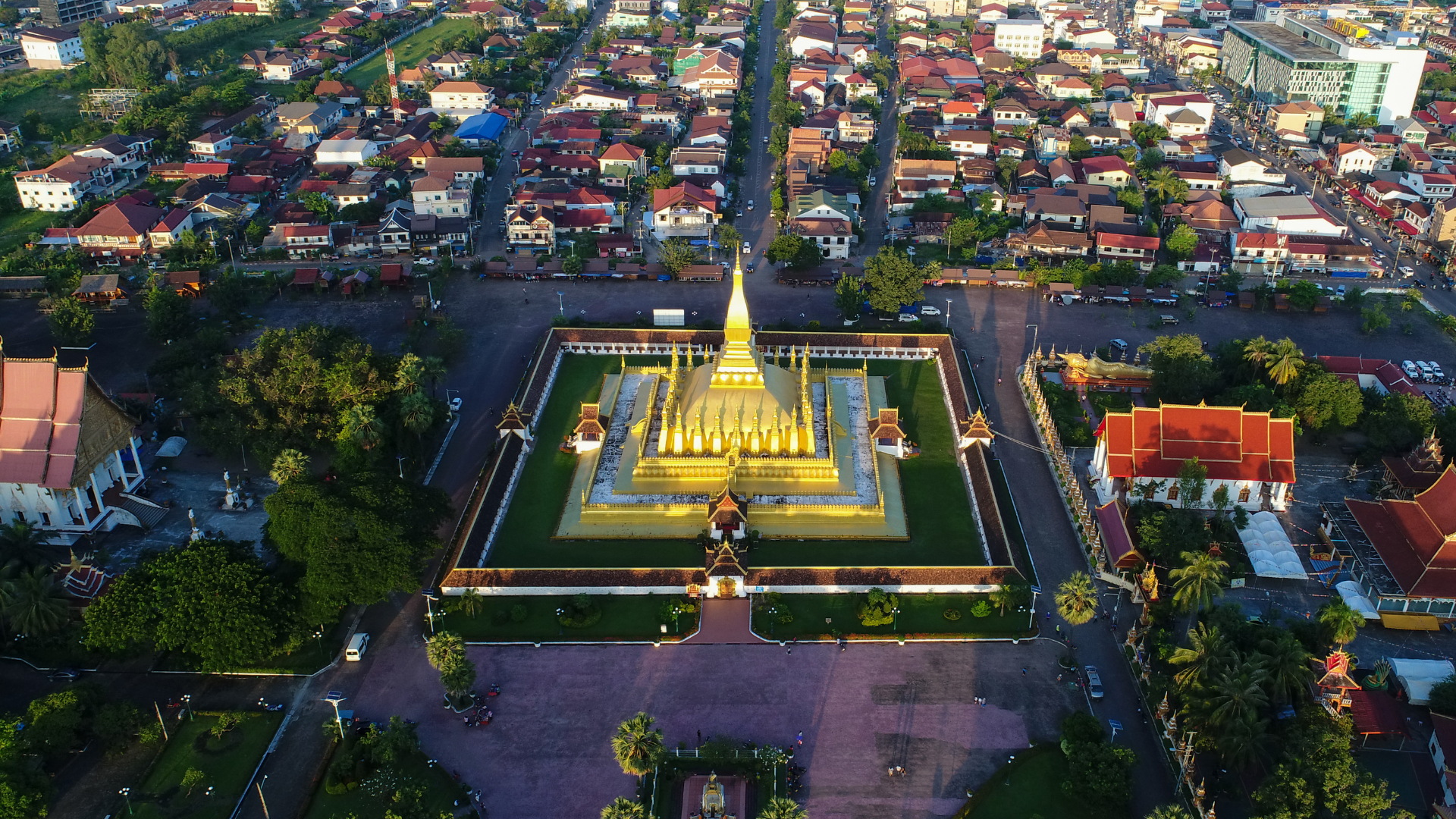
Experience Laos at Its Finest: A Comprehensive Seasonal Travel Guide

A Guide to Transportation in Cambodia: Navigating the Kingdom of Wonder

Seasonal Guide to Cambodia: When to Go for the Best Experience

Exploring Transportation Options in Thailand: Your Ultimate Guide

Visa And Entry Requirements For Traveling Thailand

Best Time To Visit Viet Nam

A Culinary Journey Through Thailand: Exploring The Iconic Dishes Of Tom Yum, Pad Thai, And Green Curry

Discovering Cambodia’s Culinary Treasures: Amok, Bai Sach Chrouk, And Samlor Korko

A Culinary Journey Through Laos: Traditional Dishes Larb, Khao Niaw, And Tam Mak Hoong
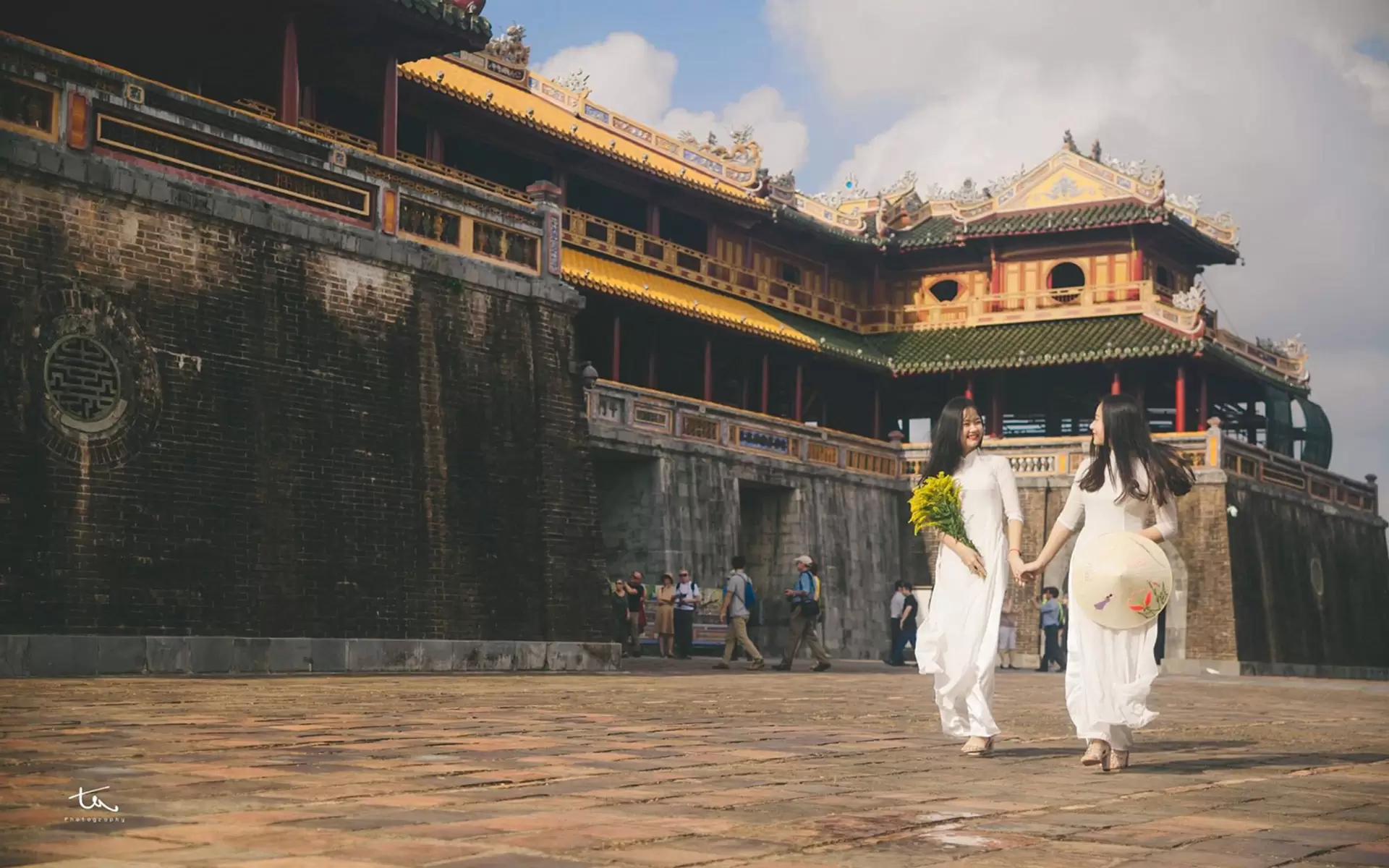
The Timeless Elegance of Áo Dài Việt Nam

Traveling to Thailand: Navigating the Weather and Essential Preparations

Traditional Festivals in Cambodia: A Window into Culture and Spiritual Heritage

Exploring the Weather in Laos: What to Expect and How to Prepare

A Comprehensive Guide to Vietnam’s Weather and Travel Preparation

Exploring the Heart of Laos: A Journey Through Culture, Nature, and Heritage

Unveiling the Hidden Gems of Laos: A Journey Off the Beaten Path

A Guide to Transportation in Cambodia: Navigating the Kingdom of Wonder

Seasonal Guide to Cambodia: When to Go for the Best Experience

Exploring Transportation Options in Thailand: Your Ultimate Guide

Visa And Entry Requirements For Traveling Thailand

Transportation in Vietnam: A Comprehensive Guide

Visa And Entry Requirements For Traveling To Vietnam

Best Time To Visit Viet Nam
Subscribe for Insights
Enjoy updates, inspiration, and travel tips sent right to your inbox

